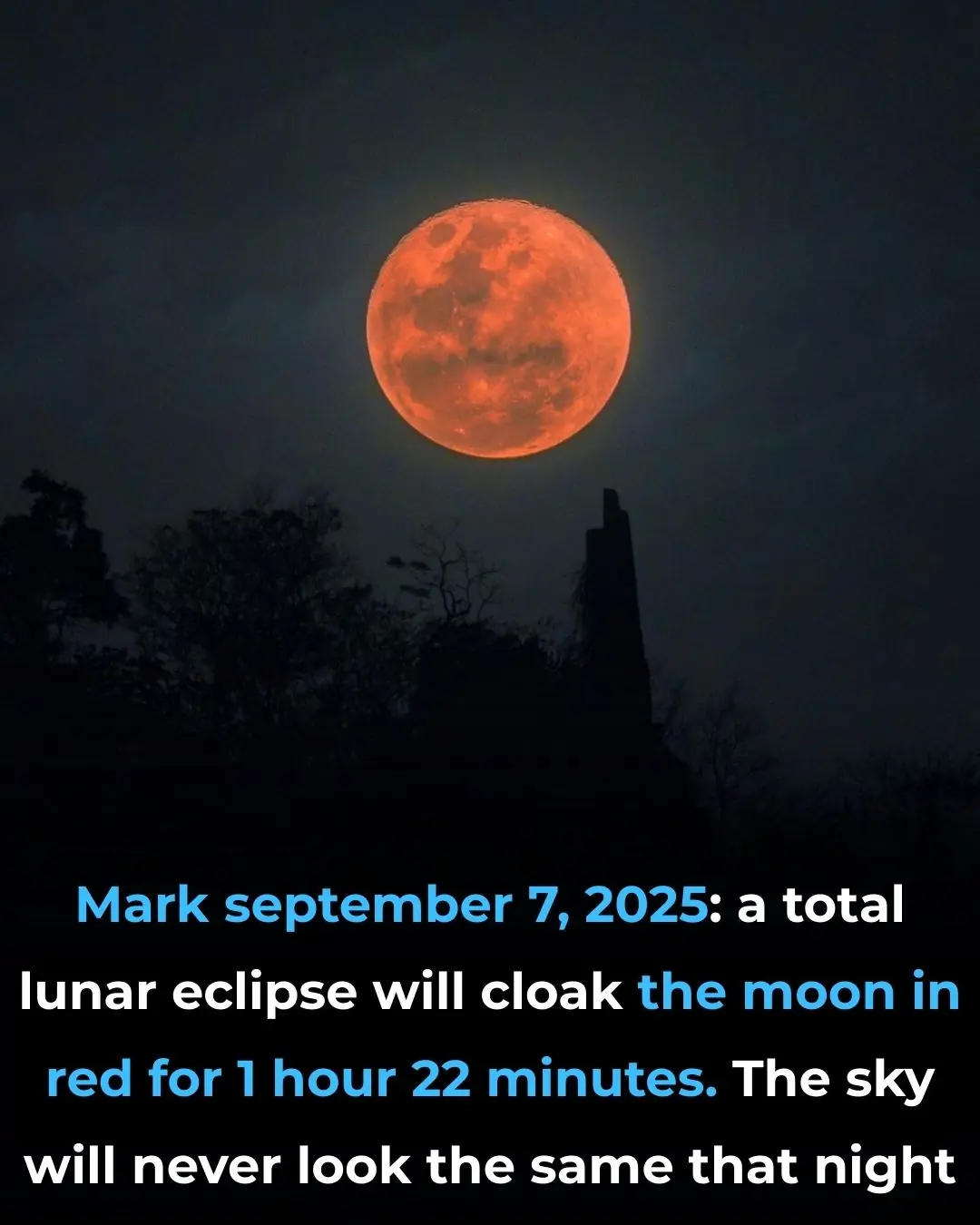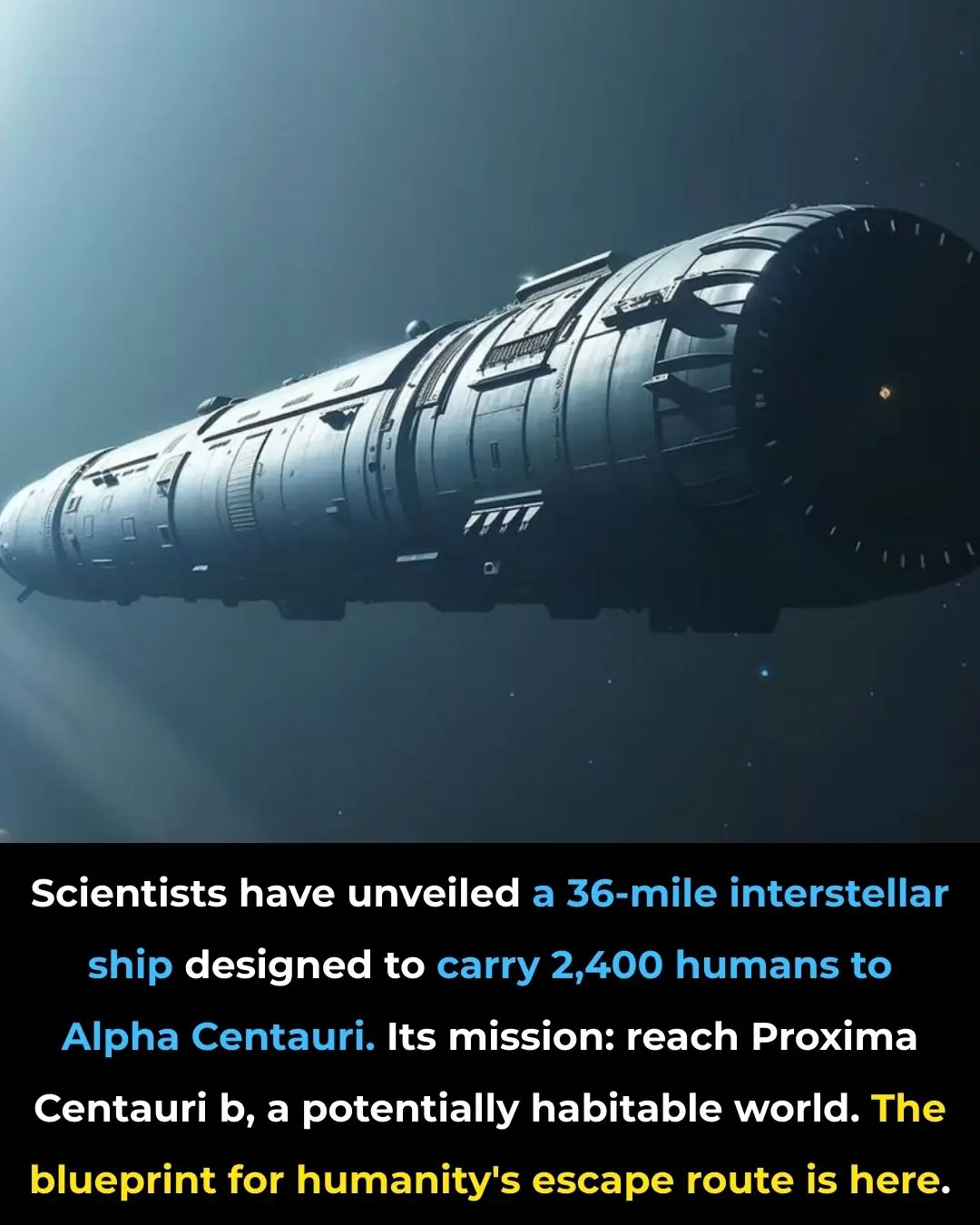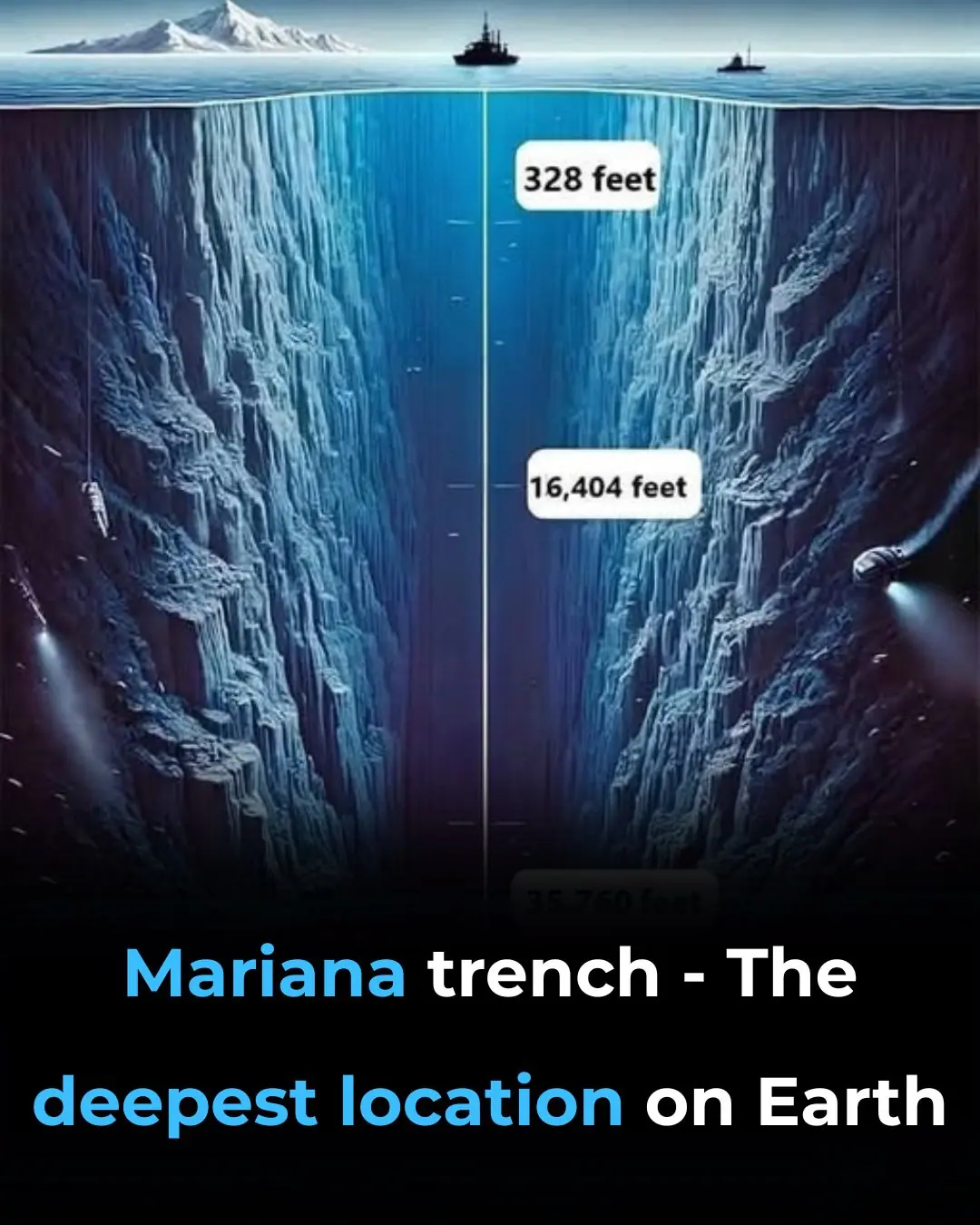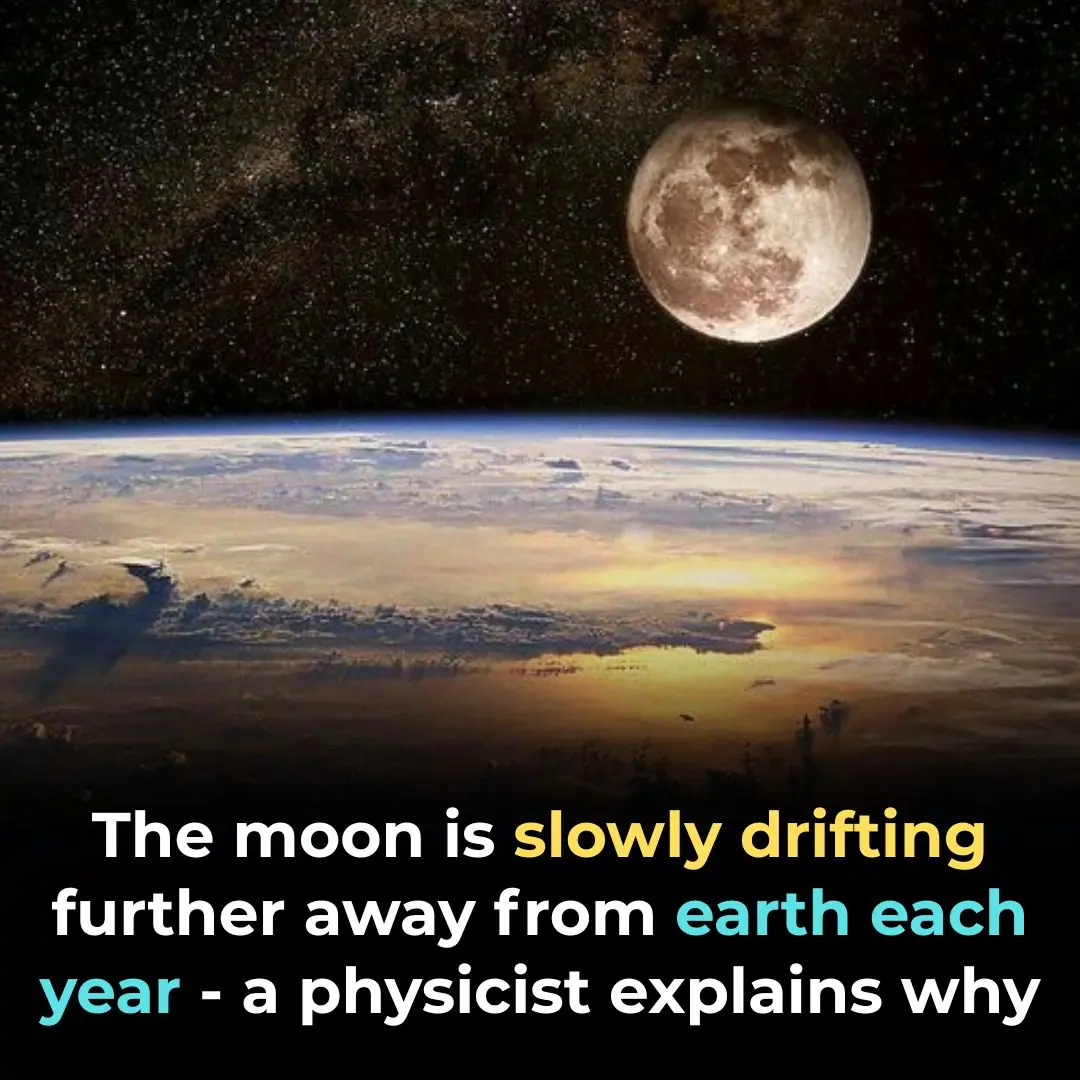
Voyager 1: Humanity’s First Messenger to Reach a Full Light-Day Away
For the first time in human history, a man-made object is set to reach a full light-day away from Earth. NASA’s legendary Voyager 1 spacecraft launched in 1977 is on track to hit that milestone in November 2026, becoming the only object ever to traverse such a vast distance: approximately 16 billion miles, the distance light travels in 24 hours .
Cruising at an impressive 38,000 miles per hour, Voyager 1 currently lies more than 15 billion miles (or 166 astronomical units) from Earth already an unbelievable 22–23 light-hours out and continues to send faint but meaningful scientific signals back to our planet . But by mid-November 2026 specifically around November 15 that one-way signal delay will stretch to a full 24 hours, marking a surreal first in the history of space exploration .
Journey Beyond the Heliopause and Into the Unknown:
Back in August 2012, Voyager 1 became the first spacecraft ever to cross the heliopause, the boundary marking the edge of the Sun’s influence and the start of interstellar space . Since then, it has been venturing further into the vast darkness, capturing invaluable data on cosmic rays, plasma density, and magnetic fields far beyond our solar bubble .
Despite its age and the relentless draining of its nuclear power source Voyager 1 continues to function. Engineers have cleverly rerouted around a failing memory chip and managed to resume transmitting critical health data and scientific findings all from billions of miles away .
What the Light-Day Milestone Means and Why It Matters:
This milestone is more than just a symbolic feat of distance. When Voyager 1 reaches a full light-day, our everyday experience of time and space shifts. A message we send today won’t reach the probe until tomorrow at the same time and its reply won’t come until a full day later. It’s a stark reminder of the immense scale of the cosmos, and the endurance of a tiny probe launched before mobile phones existed.
By January 28, 2027, Voyager will also be approximately one light-day from the Sun itself, adding another poetic layer to its interstellar journey .
What Lies Ahead for Voyager 1:
Power is fading: The probe’s plutonium-238 radioisotope thermoelectric generators (RTGs) are steadily diminishing in output. NASA continues to power down non-essential systems to prolong its operational life into the early 2030s .
Destined for eternity: Although Voyager 1 may go silent within a few years, its legacy persists. Designed as a time capsule, it carries the famous Golden Record a collection of images, sounds, and greetings from Earth perhaps our lasting message to the stars .
Still exploring: For now, the spacecraft keeps providing insights into the interstellar medium, helping scientists understand how stellar winds and cosmic particles interact beyond our solar neighborhood.
Voyager 1’s upcoming light-day milestone isn’t just about a number; it’s a celebration of human ingenuity. A probe built in the 1970s, outlasting its expected lifespan by decades, continues to teach us about the universe and does so while inching deeper into the vast cosmic ocean.
News in the same category


Little Pocket in Women’s Underwear

14 Items to Throw Away Right Now

Group finds spiky creatures in nest – shocked when they realize what they are

China’s “Pregnancy Robot” Claims Spark Debate — But Experts Say It’s More Myth Than Reality

Earth’s Shadow, Moon’s Glow: The Total Lunar Eclipse of 2025

From Earth to Proxima Centauri: The Starship That Could Carry Generations Across the Galaxy

Woman 'who sold house' in fear world will end today explains why she's convinced 'the rapture' is coming

Unhappy iPhone users desperate to turn off iOS 26's four most controversial features after updating

Mariana Trench -The deepest location on Earth

The Trans-Canadian Rail Route: An Iconic Journey Across Canada

The Moon Is Slowly Drifting Further Away From Earth Each Year — A Physicist Explains Why

The Underwater Geology of the Hawaii Islands is Just Amazing

Clear Your Arteries Naturally: 7 Superfoods That Beat Aspirin for Heart Health and Longevity
By embracing a diet rich in leafy greens, garlic, berries, and heart-healthy fats, you not only prevent arterial damage but may also reverse early blockages.

Holy Basil (Tulsi) Secrets Revealed: The Ancient Ayurvedic Remedy for Cavities, Gum Disease, Bad Breath & Stronger Teeth
From fighting bacteria and soothing inflamed gums to reducing sensitivity, healing ulcers, and combating bad breath, Tulsi provides a safe, holistic way to protect your smile.

They Call It the “Bl:00d Sugar Remover”: The 100-Year-Old Remedy That Balances Glucose, Restores Kidneys, and Cleans Cholesterol Naturally
This 100-year-old remedy is not just a drink—it’s a living tradition that has survived because it works.

Iceberg Alley: Where You Can Watch Enormous Icebergs Drift in Front of Your Window

The Perfect Road Trip to See Every U.S. National Park

Man Accidentally Photographs The Real-Life ‘Angry Bird’
News Post

Forget 10,000 steps: Scientists prove 7000 steps gives you ‘almost identical’ life-saving benefits

The Most Effective Natural Way to Remove Gallstones

4 hidden signs of iodine deficiency in your skin, hair & nails

Objects People Were Confused About Their Purpose

Little Pocket in Women’s Underwear

What are the benefits of aloe vera? Here are 11 uses of aloe vera for health and skin

Just by looking at the spot on the crab's shell, 100% of the meat is packed to the brim, with my husband and children praising it non-stop.

These familiar fruits help improve sleep, especially number 1, which is both affordable and delicious.

Goosegrass: Health Benefits and Uses

7 Benefits of Chewing Raw Garlic on an Empty Stomach

Here's why you should never sleep with the bedroom door open. FIND OUT MORE IN THE COMMENTS ⬇️

Don’t Wash Your Wooden Cutting Board with Soap When It’s Moldy: Try This Simple Method to Make It Spotless in Just 5 Minutes

Mixing Essential Balm with Toothpaste: A Handy Tip Everyone Should Know, Both Men and Women Will Want to Follow Once They Discover It

They Call It the Blood Sugar Remover: The 100-Year Remedy That Heals Kidneys, Cleans Cholesterol, and Fights Diabetes Naturally

Top 5 Amazing Tips for getting rid of Blackheads and Whiteheads

14 Items to Throw Away Right Now

Group finds spiky creatures in nest – shocked when they realize what they are

The Purple Maguey Plant — Benefits and Traditional Uses

How to Naturally Kill The Bacteria That Causes Bloating And Heartburn
